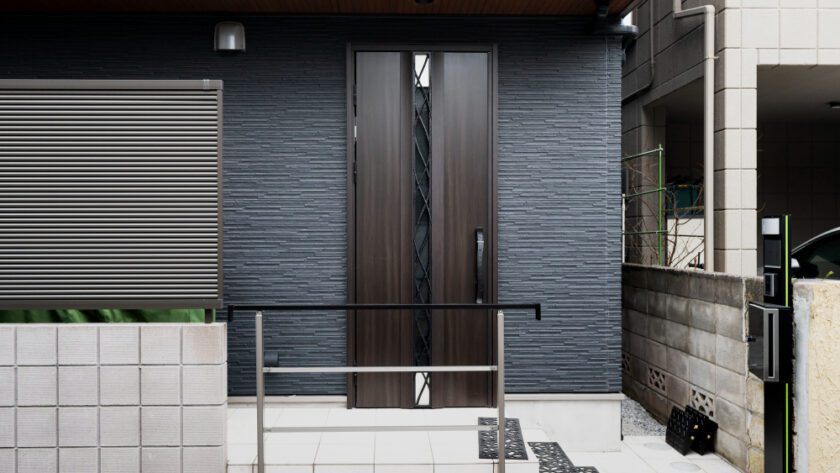Automatic doors seamlessly weave into our daily rhythm, offering effortless entries to numerous venues. Be it breezing into a mall, accessing your office, or popping into a grocery store; these doors facilitate our moves. Yet, like all gadgets, they aren’t immune to wear and tear, posing occasional challenges and safety threats. In this blog post, we’ll explore the common signs that indicate your automatic door may need repairs. By keeping an eye out for these signs, you can ensure the continued smooth operation of your automatic door while maintaining safety for all users.
Slow Response Time
One of the first indicators that you may need an automatic door repair is a slow response time. Ideally, automatic doors should open promptly when someone approaches. If you notice a delay in the door’s response, it could be due to various factors, such as sensor malfunctions or motor issues. A sluggish door can lead to frustration for users and potential safety concerns.
Inconsistent Opening and Closing
Automatic doors are designed to operate seamlessly, opening and closing smoothly to allow for a continuous flow of foot traffic. If you observe inconsistencies in the door’s movement, such as it hesitating or jerking during operation, it’s a clear sign that something is amiss. Inconsistent opening and closing can pose a tripping hazard and should be addressed promptly.
Unusual Noises
Automatic doors should operate quietly and efficiently. Distinctive sounds like grating, creaking, or thudding during its operation warrant attention. Such auditory clues may hint at underlying mechanical glitches, and overlooking them could escalate into bigger snags.
Stuck or Jammed Doors
A door that gets stuck or jammed is not only inconvenient but also a safety hazard. If your automatic door fails to open or close fully or gets stuck in the middle of its operation, it could be due to sensor misalignment, obstructions, or motor problems. A stuck door can impede accessibility and should be addressed urgently.
Sensor Malfunctions
Automatic doors rely on sensors to detect the presence of individuals approaching them. If these sensors malfunction, the door may not respond appropriately, leading to potential collisions or trapping users. Signs of sensor issues include the door not opening when someone approaches or failing to close when the area is clear.
Physical Damage
Inspect your automatic door for physical damage regularly. Cracked glass, dents, or bent frames can compromise the door’s structural integrity and safety. Physical damage can also affect the door’s insulation, leading to energy inefficiency and increased heating or cooling costs for your establishment.
Weather Stripping Wear and Tear
Weather stripping is crucial for keeping the outdoor elements at bay, ensuring a comfortable indoor environment. Over time, weather stripping can wear out or become damaged, allowing drafts, rain, or pests to enter your premises. Damaged weather stripping should be promptly replaced to maintain energy efficiency and indoor comfort.
Flickering Lights
Many automatic doors are equipped with integrated lighting systems that illuminate the entrance at night or in dimly lit areas. If you notice the lights flickering or not functioning correctly, it could be an electrical issue that needs attention. Proper lighting enhances safety and visibility for users, especially during evening hours.
Excessive Energy Consumption
Automatic doors are designed to be energy-efficient. If you notice a sudden increase in your energy bills, it could be a sign that your door is no longer operating efficiently. Common culprits for energy wastage include faulty sensors, malfunctioning motors, or gaps in the weather stripping.
Irregular Maintenance
To ensure your automatic door remains in prime condition, routine upkeep is paramount. If maintenance has slipped your mind or it’s been eons since its last service, it might be a cue to book a pro check-up. Preventive maintenance can identify and address potential issues before they escalate into costly repairs.
Safety Concerns
Safety should be a top priority when it comes to automatic doors. If you or others using the door have safety concerns, such as the door closing too quickly or not providing enough time for safe passage, it’s crucial to address these issues promptly. Ignoring safety concerns can lead to accidents and liability issues for business owners.
Age of the Door
Like all mechanical systems, automatic doors have a lifespan. If your automatic door is approaching or has exceeded its expected lifespan, it may be more prone to breakdowns and malfunctions. Older doors may lack the modern safety features and energy efficiency of newer models, making an upgrade a wise choice.
Conclusion
Automatic doors are a convenient and essential part of modern life, but they require proper maintenance and occasional repairs to ensure their continued functionality and safety. By staying vigilant and watching out for the signs discussed in this post, you can address issues promptly and avoid costly breakdowns or accidents.




